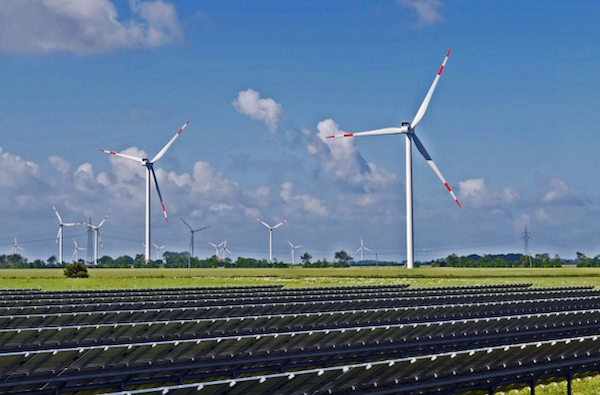Buying Social. Responsible sourcing. Ethical procurement. Sustainable procurement. Whatever name you give it, it is increasing in popularity.
As consumer awareness of sustainability increases, so does the response from governments and businesses. With research suggesting that up to 85 per cent of consumers are more likely to buy from a company with a reputation for sustainability, organisations are looking for ways to increase the sustainability of their activities.
And when up to 80 per cent of an organisation’s revenue is spent through its supply chain, it’s no surprise that many organisations are turning to procurement to make the biggest impact.
Sustainable procurement, as defined by ISO 20400, is “procurement that has the most positive environmental, social and economic impacts possible over the entire life cycle”.
The power of procurement is huge. In the UK, for example, one third of government’s spending is on contractors, and in 2017, four departments spent more than half their budgets on external suppliers.
Responsible and sustainable supply chains are already delivering real value in communities — and procurement can help unlock more.
So, what does sustainable procurement really look like? Is it as simple as adding some extra award questions around environmental and social impact into a tender?
Well, yes and no. It really starts with an understanding. An understanding of the organisational drivers — the why — for sustainable procurement. Is it to give that organisation a competitive advantage? Is it in response to stakeholder or customer demands? Is it to reduce supply chain risks?
Understanding this motivation allows a procurement department to develop its strategy on how to make an impact. That’s important to focus the attention of the procurement team, and also to communicate the intention and commitment to both the supply chain and customers. Understanding the sustainability impact you want to make allows sustainable procurement to be embedded throughout the whole process.
Embedding sustainability throughout the whole process starts with a reconceptualisation of value for money. You don’t need to be a procurement professional to know that best value doesn’t equal cheapest price.
In the public sector, the requirement to evaluate tenders on the basis of most economically advantageous tender (MEAT) has been in place for some time now, and this usually results in tenders based on a price vs. quality split.
And while “quality” may encompass many different aspects — such as the quality of the product or service, delivery lead times, customer service and some environmental factors — separate or specific award criteria can also allow for sustainable social, economic or environmental outcomes to be demonstrated and delivered.
Essentially, sustainable procurement is just good procurement
However, including sustainable outcomes as part of the award criteria for tenders isn’t the only way to embed sustainability in procurement. Arguably, only considering requirements at the award stage is too late anyway. The UK’s Public Services (Social Value) Act of 2012 places a further requirement on contracting public authorities to consider how they can improve social, economic and environmental well-being through their procurement of services.
To truly have an impact, these outcomes need to be considered right from the start of the process. Procurers and commissioners should undertake prior engagement with their supply base and stakeholders to understand what can and should be secured during the delivery of the service requirements. This knowledge can then be used to help develop the specification to secure the improvements.
Consideration should also be given to the actual procurement process used and structure of the contract — for example, is it set up in a way that is suitable for SMEs or startups to participate?
Key to delivering sustainable outcomes via procurement is the management and monitoring of the contract and any relevant KPIs. Having those responsible for the supply chain tell you that they can deliver is worthless unless they actually deliver. That is why it is so important to make the requirements relevant. If over-ambitious requirements are imposed on the supply chain, no value is going to be added.
It would be easy for a cynic to disregard sustainable procurement as the next fad, the latest buzzword in government. However, there is a lot of value to be gained by taking it seriously, and it does not have to be something that is in addition to the “day job”.
At the heart of sustainable procurement is value for money, only now value does not solely mean cost. The true value of what the supply chain can deliver in addition to delivering the service. Essentially, sustainable procurement is just good procurement.
This piece originally appeared on Apolitical, the global network for public servants. You can find the original here.

